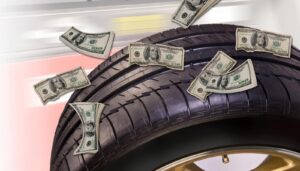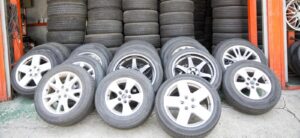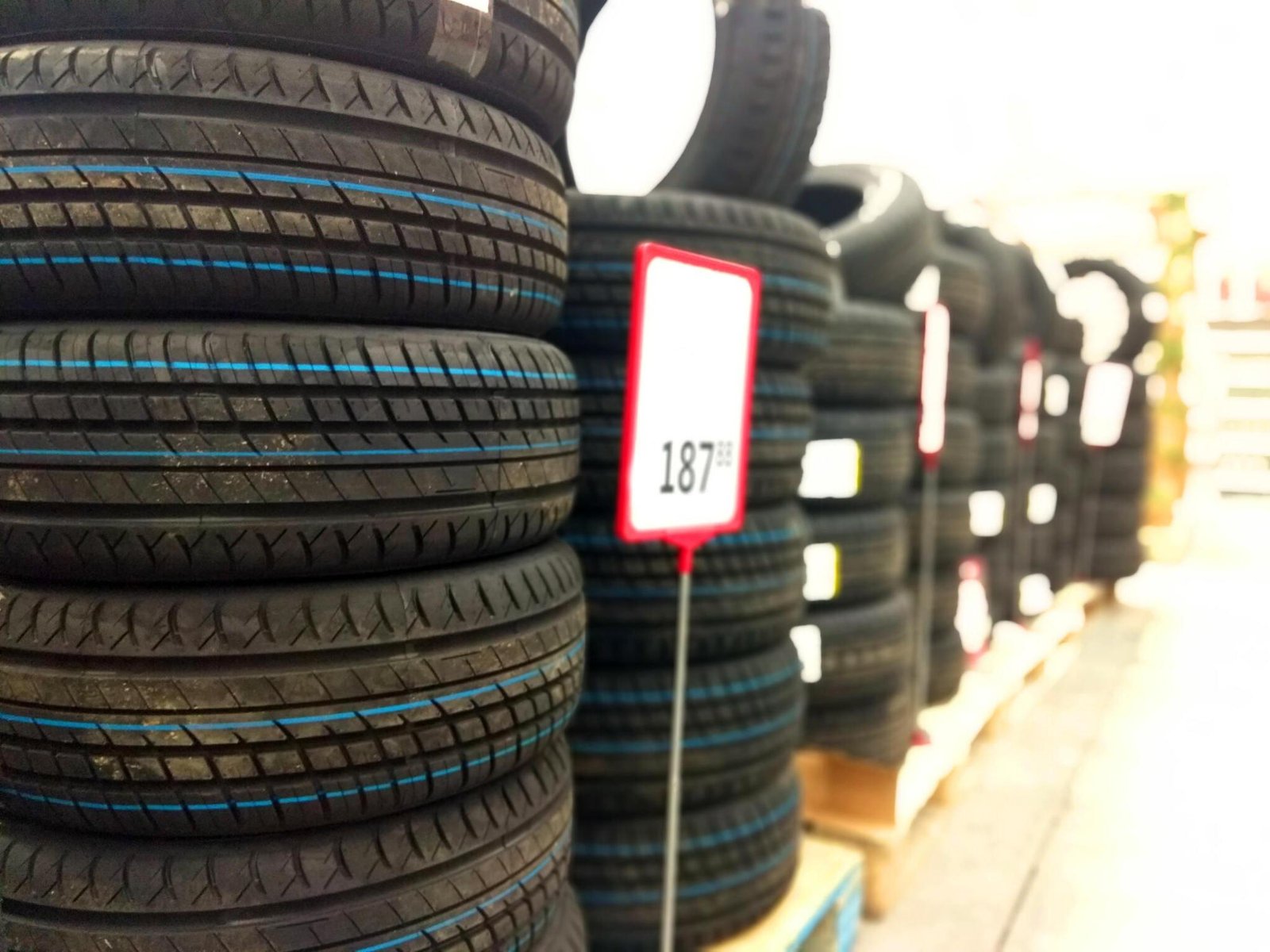Last Updated on October 21, 2023
Scrap Tires as a Sustainable Fuel Source and Innovations for a Greener Tomorrow
Scientists are now working to turn scrap tires into a clean synthetic gas for fuel. The problem isn’t how to make the gas but how to make it affordable. Scrap tires, those worn-out, discarded rubber companions of our vehicles, have long been considered a waste headache.
But in recent years, a remarkable transformation has been unfolding, turning these discarded tires into a valuable resource, especially in the form of Tire-Derived Fuel (TDF). Let’s delve into the fascinating world of scrap tires and discover how they fuel a green revolution.
How Do They Make Synthetic Gas From Scrap Tires?
Synthetic gas can be made with pyrolysis. In other words, you take organic materials like tire scraps and superheat them with steam in an oxygen-free environment. Superheating, in this case, means about 2000 degrees Fahrenheit.
As a result, you get clean synthetic gas with qualities very similar to natural gas.

The Problem?
It costs too much to heat those tire scraps to 2000 degrees.
The Solution?
Create something else along with the synthetic gas that’s even more valuable!
Scientists think they can create synthetic gas and something much more expensive when they treat tire scraps to pyrolysis. One of the bi-products you get during the process is solid carbon. Experiments are underway to add silicone oxide into the mix when they superheat the tire scraps. The idea is that the silicone oxide will combine with the carbon and create silicon carbide, a precious product in modern industry.
Making synthetic gas from scrap tires will mean a cleaner and easier way to consume scrap tires. Making silicon carbide at the same time would make it affordable.
The Scrap Tire Challenge
Millions of tires end their road life in the United States each year. Handling this vast number of scrap tires was once a significant environmental concern. Many ended up in landfills or illegal dumps, posing severe ecological hazards.
Tire-Derived Fuel (TDF)
Tire-driven fuel (TDF) emerged as a game-changer in tire recycling. TDF involves shredding and processing scrap tires into a high-energy fuel source. This alternative fuel can replace traditional fossil fuels in various industries, including cement kilns and power plants. It’s a cleaner, more sustainable option that helps reduce greenhouse gas emissions and conserves natural resources.
How Do We Use Tires As Fuel Today?
More than a third of all waste tires in the USA are now used as Tire Derived Fuel (TDF). Scrap tires are generally shredded into chips and burned as fuel.
Features of TDF
- Environmental Benefits: TDF significantly reduces the carbon footprint by decreasing fossil fuel needs. It’s a win-win for both waste management and the environment.
- Energy Efficiency: Scrap tires are rich in energy content, making TDF an efficient fuel source for industrial applications.
- Resource Conservation: By using scrap tires as fuel, we’re reducing the demand for raw materials, conserving resources, and lowering the environmental impact of tire production.
Most Common Industrial Uses For TDF Today
- cement kilns
- pulp and paper mill boilers
- boilers used to generate electricity
What Advantage Would Synthetic Gas Have Over TDF?
- Today’s TDF can only be used by small industries with specific equipment.
- When tires are burned, they release serious toxins. TDF users must take emissions samples and follow tight procedures to avoid environmental contamination.
- It’s expensive. Except in some cement kilns, tires must be shredded and the steel removed before turning them into TDF.
Despite those disadvantages, today’s TDF is already on the right track. When TDF is used to fuel a cement kiln, less fossil fuel is used. Landfills keep a little more capacity. Scrap tire piles stay shorter, meaning a smaller chance of toxic fires and fewer habitation for mosquitoes and rats.
The future might be even greener.
Innovations for a Greener Tomorrow
The scrap tire revolution doesn’t stop at TDF. Innovators and researchers continuously explore ways to make tire recycling even more eco-friendly. From creating sports surfaces to developing new moulded products, scrap tires are finding new life in creative and sustainable practices.
Conclusion
Scrap tires have the potential to fuel a greener future and drive innovative solutions for waste management. By exploring their various applications and supporting eco-friendly initiatives, we can all contribute to a more sustainable world.
Scrap tires are no longer a waste; they are a valuable resource with the potential to fuel a green revolution. As we unlock their potential through initiatives like Tire-Derived Fuel and innovative recycling solutions, we reduce waste and contribute to a cleaner and more sustainable future.
Ready to be a part of the scrap tire revolution? Explore sustainable tire options at Tire Easy and join us in creating a cleaner and more eco-friendly tomorrow!
FAQs
What is a scrap tire?
A scrap tire is a discarded or used tire that is no longer suitable for regular use. These tires often end up as waste, and finding sustainable solutions for their disposal and reuse is crucial.
What can you do with scrap tires?
Scrap tires have various applications beyond just disposal. They can be recycled into Tire Derived Fuel (TDF), used for creating sports surfaces and playgrounds, or even repurposed into innovative products, reducing waste and environmental impact.
Can you make money with scrap tires?
Yes, you can make money by recycling scrap tires. Many recycling programs and initiatives offer incentives for properly disposing of tires. Additionally, businesses involved in recycling and reusing tire materials can be profitable and contribute to a sustainable economy.
How are scrap tires used and why?
Scrap tires are used for several reasons. They can be converted into Tire Derived Fuel (TDF), an eco-friendly alternative fuel source. TDF reduces the need for fossil fuels and minimizes waste. Additionally, recycling scrap tires helps reduce landfill waste, conserves resources, and promotes environmental sustainability.









